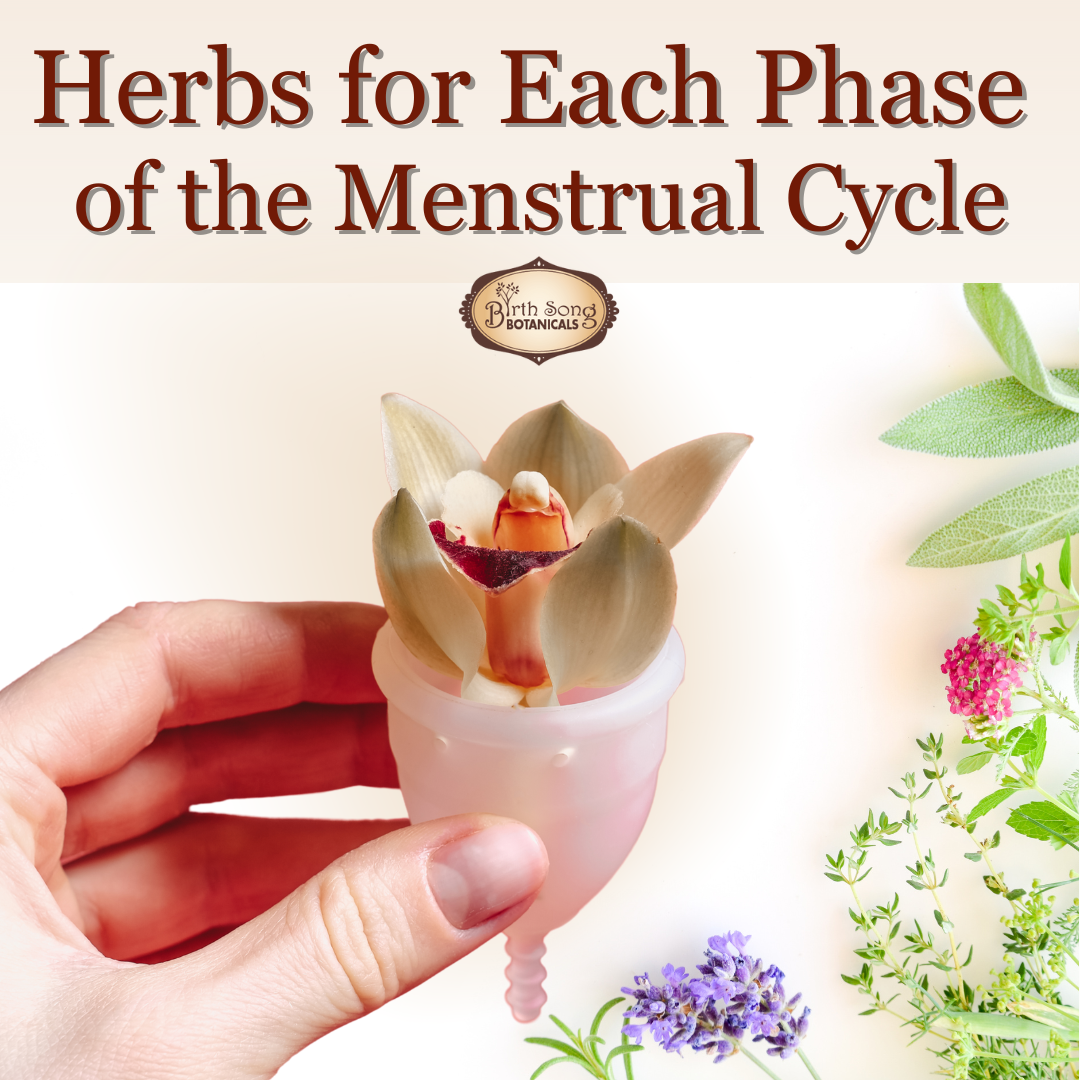Breastfeeding in Special Situations

Breastfeeding is an incredible way to bond with your child and nourish them with exactly the components they need. And at the same time, that nourishment can eventually become an almost utilitarian task, one that is part of our every day lives without a second thought.
All of us have kinks to work out as we get to that point -- learning our baby’s cues, checking latches, counting poopy diapers. And then, there are special instances where the learning curve stretches even further. Today, we’re going to cover a few of these special cases: breastfeeding pre-term babies, breastfeeding twins, and tandem breastfeeding with an older baby.

Breastfeeding Preterm Babies
Pre-term babies are classified as born any time before 37 weeks gestation, leaving a lot of room for variance between preemies. A 37-week baby could be the same basic size as a full term baby, but still at risk for breathing issue and temperature instability. The earlier a baby is born, the more challenges they -- and their mamas and papas -- will face.
Pregnancy triggers changes in your breast tissue to begin producing milk long before birth. Sometimes this is noticeable from droplets of colostrum on the nipple throughout pregnancy, and sometimes you can’t tell at all. But the changes have occurred, and you will have milk even when baby is born pre-term. However, when baby is small enough or young enough that they cannot suckle to bring the milk fully in, you will have to work a bit harder to establish and maintain your supply. Breast pumps are your ally, and most hospitals can provide you with one if you don’t already have it.
The work is worth it, because pre-term babies have the best outcomes when they are fed breastmilk. Pumping around the clock, from five to eight times each day and a couple of times at night, will help to establish your supply and provide milk for your baby, even if they aren't latching yet. Remember that the first bits of colostrum won’t be much, but your baby doesn’t need much right now. Depending on the age of the pre-term baby, the milk will likely be fed to your little one through syringes, spoons, or Supplemental Nursing Systems while he learns how to suckle.
Pre-term babies learn how to nurse in stages, from licking and nuzzling to short amounts of time suckling to longer sessions. Be patient with yourself and your baby, working closely with lactation support in the hospital and through La Leche League. Mamas of pre-term babies often stop nursing sooner than with full-term babies. It isn’t easy, and you’ll need a strong support system to make it through.
Breastfeeding Pre-Term Babies:
- Pump, pump, pump!
- Kangaroo care (skin to skin) to improve baby’s health and mom’s milk flow
- Be patient with your baby’s learning process
- Ask for help, use your support system
- Bolster supply with nutrition and supplements
- Rest when you can
- Don’t give up - your baby needs all the milk you can give
- Resources:
http://www.stanfordchildrens.org/en/topic/default?id=delayed-or-not-enough-milk-production-90-P02390&sid=
http://www.perinatalservicesbc.ca/Documents/Guidelines-Standards/HealthPromotion/BreastfeedingPretermGuideline.pdf

Breastfeeding Twins
Each step of the way, carrying, birthing, and raising multiples brings extra love and extra work. Breastfeeding twins comes with its own challenges, not the least of which is how much your body might feel drained adjusting to the care of two babies at once.
If your babies are pre-term, pump regularly to get your supply going and to provide them with the milk they need to stay healthy as they grow through NICU or low birth weight issues.
Once you can breastfeed, focus on their individual latches. It can be tempting to jump right into nursing them at the same time, but you first need to make sure they are latching well. This is the most important part of breast milk supply and getting past the stage of sore nipples, so take your time and make sure that you and each baby get it right.
When good latches are established, you can begin to learn to nurse them at the same time if you’d like. A good nursing pillow or two can provide extra support so that you are as comfortable as possible. Experiment with different holds, probably with help for awhile until you get into the swing of things. Don’t compromise their latches, but try a few different combinations until you find a favorite. Try both babies cradled, both in a football hold, or a mix. You might experiment with each baby’s favorite position as you perfect their latch, and then use those when you nurse them simultaneously.
It’s perfectly normal for each twin to have their own side and will nurse until they’re full without switching. At first, thought, offer each baby each breast to establish your supply and give them plenty of opportunity to get what they need.
Breastfeeding Twins:
- Latch early and/or pump right away
- Skin to skin for bonding and milk supply
- Work on each baby’s latch individually
- Experiment with different holds, but preserve their latch
- Use pillows and salve to keep comfortable during and after nursing
- Lean on your support network and ask for help
- Take one day at a time!
-
Resources:
http://www.llli.org/faq/twins.html
http://www.llli.org/nb/nbmultiples.html

Tandem Breastfeeding with an Older Nursling
Though somewhat similar to breastfeeding multiples in that you’ll need to juggle more than one baby, there are some major differences between breastfeeding twins and tandem nursing with an infant and an older baby or toddler.
Breastfeeding through pregnancy is a common part of tandem breastfeeding with an older baby. In most cases, it’s perfectly safe to nurse throughout the pregnancy, though of course you should always ask your midwife or care professional if you are concerned. Later in the pregnancy, the stimulation that nursing provides can combine with the process of labor to stimulate contractions and help progress the birth.
You may find the sensation of nursing while pregnant to be painful, especially early on. An important part of tandem breastfeeding is learning to set boundaries. It’s okay to shift your older baby or toddler’s nursing routine a bit if you need to. Some ways to limit without weaning might include shortening the amount of time at the breast for comfort nursing, nightweaning but retaining daytime nursing, or limiting daytime nursing while continuing to nurse at night.
Some older nurslings may stop if your milk dries up then resume after baby is born, or continue nursing in spite of the lower supply, or you may continue making plenty all the way through! Sometimes, if there is a gap where they stop nursing, they will forget how to latch when they attempt to resume.
Taking turns or nursing together is another question of preference. Often, especially in the early days after birth, breastfeeding both children at the same time can help the older baby to bond with the new sibling. They see that they aren’t losing anything but are instead gaining a new partner. There might be sweet moments of hand holding or other interaction between the two that make a magical time for you all.
But if there is jealousy, or you are overstimulated by the sensations and “juggling” of the two breastfeeding at the same time, it’s perfectly fine to take turns. Your older baby can learn that the baby only gets mama’s milk, so she needs to drink first and then they can get a turn.
The difference between latches can be both a help and a source of irritation. An older baby’s stronger latch can get your milk to come in faster, unplug clogged ducts, and get you through engorgement or a bout of mastitis quicker than a new little one can. But the sensation difference might also be irritating. Nipple Salve and compresses can help get through soreness.
Setting boundaries. Once your child has nursed into toddlerhood, you’ve already become familiar with listening to their cues and adapting based on their needs and personality. Tandem nursing will be more of the same.
Be wary of all-day breastfeeding sessions where your little ones rotate all day long. It’s okay to keep older babies distracted until you are ready for them. A snack or set of quiet toys that they only get during nursing time can help with the adjustment.
Listen to your body and your babies and do what is best for all of you, even if that involves a bit of compromise. No mom guilt required!
Later, when your supply and baby’s latch are both established, you might find that each baby prefers a side. Mamas who pump have noticed a difference between the milk produced on the toddler’s side and the infant’s side -- another depiction of the amazing way our bodies provide for our babies!
Tandem Breastfeeding:
- Use Nipple Salve and compresses when nursing is uncomfortable
- Check each child’s individual latches closely
- It’s okay to set boundaries with your older baby
- Enjoy sweet moments together or individual bonding
- It’s all about listening to your body and your babies!
Resources:
Reach out to your local La Leche League and mommy groups for mamas who have been there, done that.
In all these situations breastfeeding can be improved with high quality herbal breastfeeding supplements.
I sincerely hope this supports your breastfeeding success!
Hug your sweet baby, and remember to let your love and your milk flow!
Maria
🌿
🌿Want More?!? Check These Out! 🌿
Breastfeeding Immediately After Birth
7 Tips for Breastfeeding Success
The Ultimate Breastfeeding Guide
Breastfeeding 101- Best Breastfeeding Practices
Four Healthy Habits to Start on Your Baby’s First Day
8 Things I Wish I Knew About Breastfeeding Before Giving Birth!
How to Treat Clogged Milk Ducts and Prevent Mastitis.
Why Do I Have a Low Milk Supply?
How to Increase Your Breastmilk Supply Quickly
Treating Nipple Thrush Naturally
How to Heal Sore Nipples from Breastfeeding
How to Achieve A Proper Breastfeeding Latch
Herbs To Avoid While Breastfeeding
Benefits of Fenugreek for Breastfeeding
Safe Herbs for Breastfeeding With A Cold
Breastfeeding While Sick
The First Few Weeks of Breastfeeding
Best Baby Carriers for Breastfeeding
Four Common Breastfeeding Problems and Solutions
Three Lactation Problems and How to Solve Them
Three Breastfeeding Tips for New Moms
How to Include Your Partner While Breastfeeding
How Often Should I Breastfeed?
How to Wake a Sleepy Newborn to Breastfeed
Is My Baby Getting Enough Milk?
Normal Weight Gain for Breastfed Babies
4 Signs Your Baby is Having a Growth Spurt
Breastfeeding A Baby with Tongue or Lip Tie
Breastfeeding After a Cesarean Section
Breastfeeding in Special Circumstances
Breastfeeding with Flat or Inverted Nipples
Breastfeeding a Pre-Term Baby
Tandem Breastfeeding
Breastfeeding Twins
Do I Need A Breast Pump?
Pumping Breast Milk to Return to Work
Breastfeeding Nutrition
Healthy Snacks for Breastfeeding
How to Know If You’re Dehydrated While Nursing
Breastfeeding Boosts Babies' Immune Systems and Prevents Illness
Breastfeeding Saves Sleep
Safe Co Sleeping with Your Baby
Tips for Breastfeeding While Pregnant
Breastfeeding in Public
Breastfeeding and Sex
Breastfeeding and Birth Control
The Relationship Between Breastfeeding and Menstruation
When Will My Menstrual Cycle Return After Having a Baby
Five Benefits to Extended Breastfeeding
How Breastfeeding Changes As Baby Grows
Five Reasons to Breastfeed Your Baby After Six Months
Weaning Gently and Intuitively
Is CBD Oil Safe for Breastfeeding and Lactation?
Can I Drink Alcohol and Breastfeed?
How My Breastfeeding Failure Was My Biggest Win
Common Holiday Breastfeeding Issues and How to Prevent Them!
Re-Lactation and Induced Lactation: Breastfeeding After a Break or When You Never Have
Remember to:
Like our Birth Song Botanicals Facebook Page
Follow Birth Song Botanicals Co. on Instagram
Read our Birth Song Botanicals Blog
Watch Birth Song Botanicals on Youtube
Listen to Birth Song Botanicals on SoundCloud
Be inspired by Birth Song Botanicals on Pinterest






